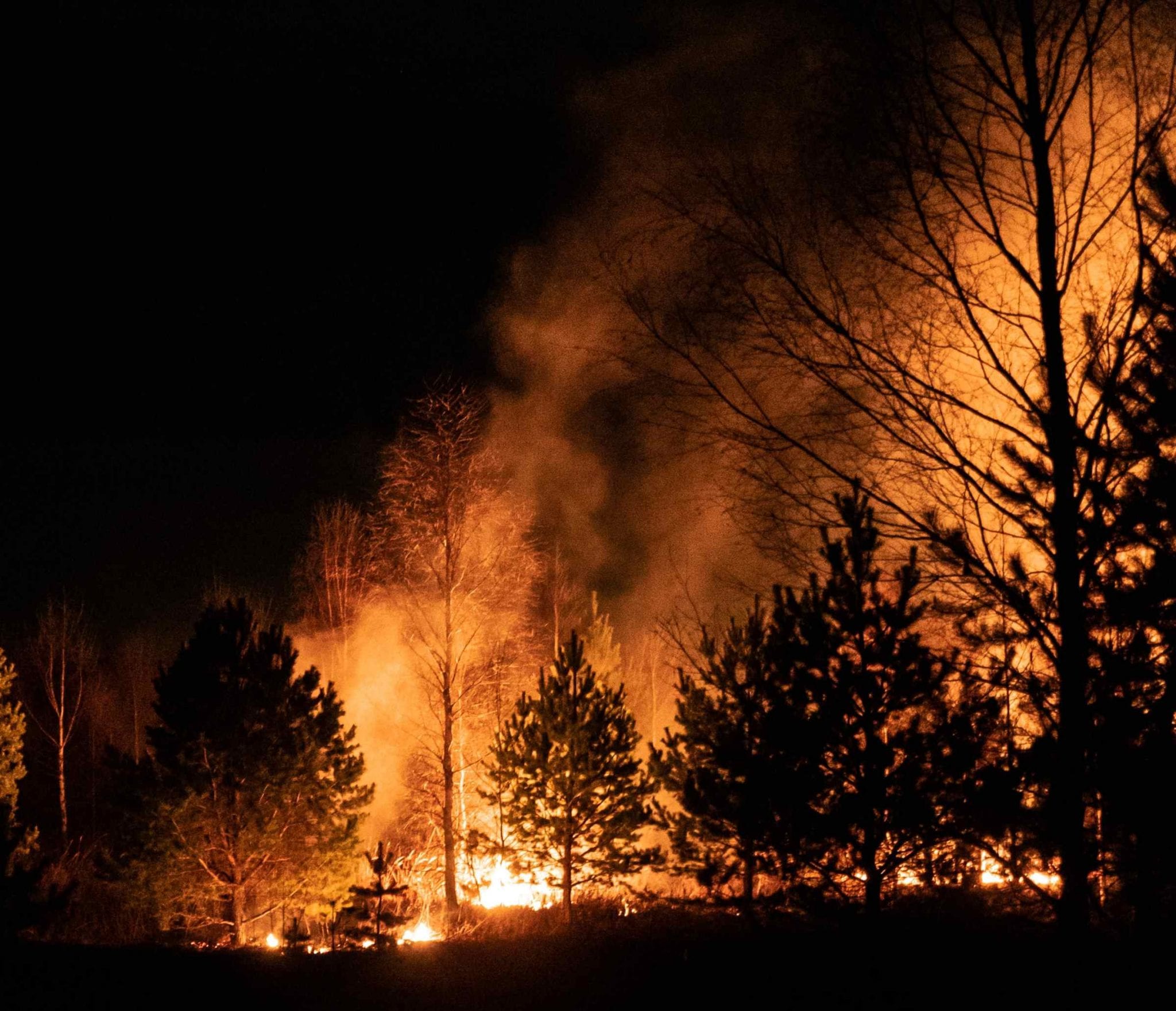Western states are facing extreme drought and with it, increasing worries about devastating wildfire. With the goal of reducing catastrophic fires in the West, Senators Dianne Feinstein and Alex Padilla (both D-Calif.), Senator Ron Wyden (D-Ore.) and Congressman Jimmy Panetta introduced the Wildfire Emergency Act of 2021
and with it, increasing worries about devastating wildfire. With the goal of reducing catastrophic fires in the West, Senators Dianne Feinstein and Alex Padilla (both D-Calif.), Senator Ron Wyden (D-Ore.) and Congressman Jimmy Panetta introduced the Wildfire Emergency Act of 2021 on May 26.
on May 26.
Main Focus Areas of the Wildfire Legislation.
Sen. Feinstein’s press release identifies three major areas targeted by the Wildfire Emergency Act:
identifies three major areas targeted by the Wildfire Emergency Act:
1. Forest restoration projects.
The bill authorizes $250 million to fund a new U.S. Forest Service program to conduct large-scale forest restoration projects. Currently, forest restoration projects are often narrowly focused, a few hundred to a few thousand acres. By funding up to 20 projects that are at least 100,000 acres each, the Forest Service will be able to conduct landscape-scale projects, providing the ability to analyze and implement restoration activities on a far larger scale than in the past.
These forest restoration projects, designed to reduce the potential for wildfires, include removing dead and dying trees, using controlled burns to reduce fuel for larger fires, clearing out invasive and non-native species and creating habitat better suited for wildlife and native species. The federal cost-share of each project is not to exceed 60 percent, which will require partnerships with state, local, water district and private funding sources. The projects must be consistent with all environmental laws; protect large, older trees; reflect the best science on restoring forests; and take climate change into account when planning actions.
2. Critical infrastructure and energy flexibility.
One successful method of preventing large wildfires is temporarily cutting power during times of very high wind. Unfortunately, the effects are often extremely disruptive. The bill authorizes $100 million for a new grant program to protect critical infrastructure and allow for greater energy flexibility.
The grant program will help retrofit key structures like hospitals and police, fire and utility stations so they can function better without power. Funds can also be used to expand the use of distributed energy systems, including microgrids, which will reduce the area that power shutoffs affect.
The bill also expands the Energy Department’s weatherization program so that homes can be retrofitted to make them more resilient to wildfire through the use of fire-resistant building materials and other methods. Additionally, the bill will expedite the permitting process for installation of wildfire detection equipment, expand the use of satellite data to assist wildfire response and allow FEMA hazard mitigation funding to be used for the installation of fire-resistant wires and the undergrounding of wires.
3. Research, training and disadvantaged communities.
The bill establishes one or more Prescribed Fire Centers to coordinate research and training of foresters and forest managers in western states in the latest methods and innovations in controlled burns, a key strategy in reducing the likelihood of catastrophic fires and improving the health of forests.
A new workforce development program will be authorized to assist in developing a career-training pipeline for forestry and fire management workers and establish a training center to teach foresters and fire managers in the latest methods and innovations in practices to reduce the likelihood of catastrophic fires and improve the health of forests.
An additional $50 million is authorized to help disadvantaged communities plan and collaborate on forest restoration, wildland-urban interface and tribal projects as well as projects increasing equitable access to environmental education and volunteer opportunities.
What Western States Currently Have Wildfires?
The National Interagency Fire Center posts updates about new and current fires every weekday (scroll down their page
posts updates about new and current fires every weekday (scroll down their page for a breakdown by state). As of this writing, the Center reports that “So far in 2021, 98.7% of the wildfires reported were human-caused.”
for a breakdown by state). As of this writing, the Center reports that “So far in 2021, 98.7% of the wildfires reported were human-caused.”


Leave a Reply